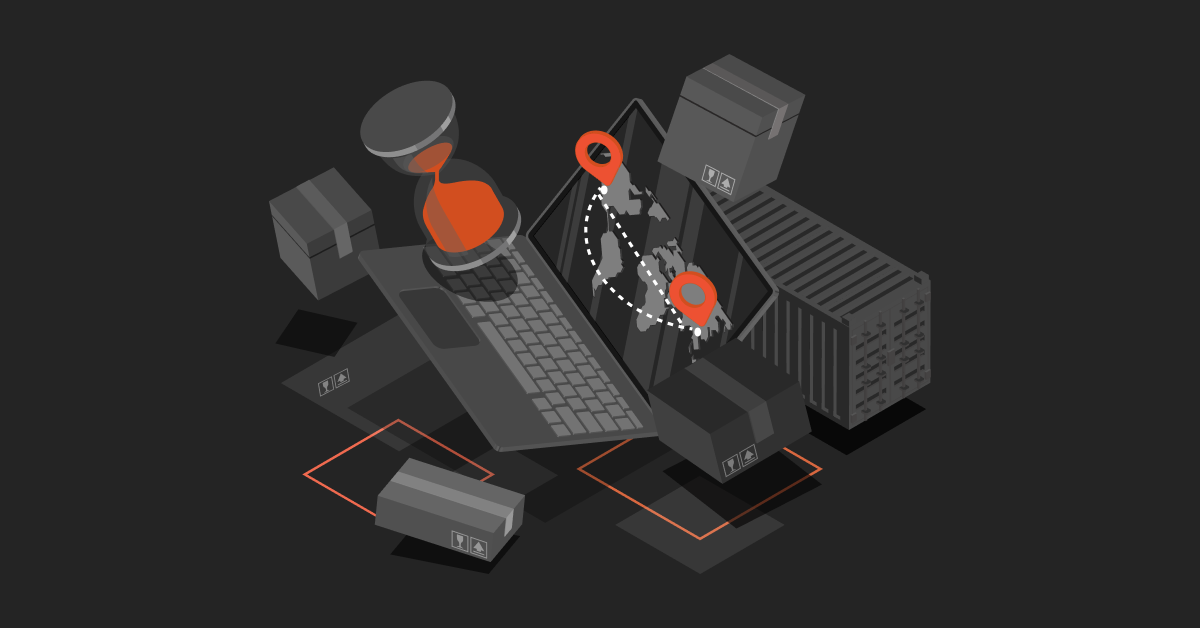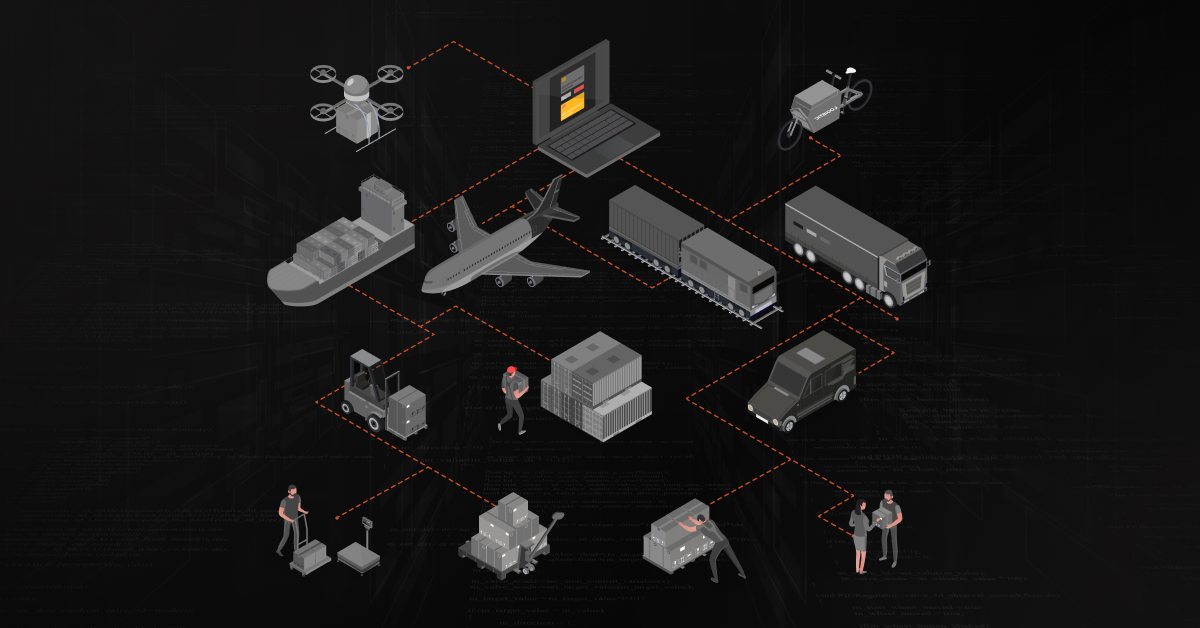If you were to search across the internet for e-Commerce or retail, you would find the results list filled with words like Multichannel and Omnichannel.
What is Multichannel and Omnichannel? Are these mere buzz words? How does an average young consumer purchase today? What should be the winning strategies of e-Commerce companies? This article strives to answer these important questions.
Before diving into these questions, let’s understand what is meant by Multichannel and Omnichannel by first understanding the distribution channel.
Investopedia defines distribution channel as thus: “The chain of businesses or intermediaries through which a good or service passes until it reaches the end consumer. A distribution channel can include wholesalers, retailers, distributors and even the internet.”
Multichannel experience refers to the reality of what’s going on within each individual channel. In Multichannel design, the customers interact and complete their transactions in discrete channels i.e. they operate in silos. The channels do not talk to each other.
Omnichannel refers to the corporate goal of delivering a branded, consistent, and interdependent experience that transcends individual channel activity. Omnichannel is viewing the experience through the eyes of the customer. It provides the customer a consistent shopping experience across multiple channels.
Contents
How Does An Average Young Consumer Shop Today?
They view a product advertisement in a newspaper or watch a TV ad, do a Google search on their tablet, visit the website to view more product details, do an online research for product reviews, share their thoughts on social media, and do a comparison for the best deals. Once that is done, they order from their mobile device , receive the order confirmation in their email, talk to the call center if they have queries, visit the website to track the order, and finally pick up the package in their office.
Smart phones and tablets have disrupted the e-Commerce space. They have changed the way consumers shop. This has forced the pure play retail companies and pure play online companies to relook the way they sell their products as well as re-design their customer experiences.
What Are The Challenges?
- Omnichannel is blurring the difference between online and offline. The digital world is becoming physical and the physical world is becoming digital.
Solution
Every retailer must fill the gaps in the various channels available to them, so that they are able to reach the customer in every possible way.
Take Macys, the US super store for has been doing much more online advertising. It installs 24 different cookies on a visitor’s browser (Physical becoming Digital).
On the other hand, Amazon, the online giant, provides locker facilities in 11 locations in UK for receiving and returning packages. Customers can pick it up at their convenience. (Digital becoming Physical)
- The purchasing cycle of the average consumer has become more complex because of these multiple channels. It has disrupted the purchase cycle in a huge way. To provide consistent brand experience throughout the purchase cycle has become a challenge.
Solution
Analysing the consumer behaviour provides a lot of insights on the thought process of a customer, thereby enabling the retailers to trace their purchasing cycle.
For e.g. Disney is launching a Magic Band bracelet to help guest visitors through its amusement parks, manage ticketing, personalize the guest experience and even work as a portable bank. MyMagic+ , which is a combination of website + app +bracelet will track every ride the customer takes, every interaction with the staff, the meals they eat, the items they purchase, and the times that they go back to their rooms to relax. This Big Data goes into the cloud to be segregated and analyzed granularly for targeted commercial interactions later.
Winning Strategies
- Embrace and implement technologies that integrates multiple channels
- Ensure that the business process is not redundant. For e.g. if the customer has ordered the product from his mobile, the call center executive must have that information and not ask the customer to repeat the same.
- Enable the customer to buy from one channel and pickup/return in another.
- Maintain brand consistency in all channels.
- Have separate management teams for different channels (Macys, the US superstore, has even named a chief Omni Channel Executive to oversee the store, online and mobile operations)
- Ensure there is some operational integration – for e.g. a customer can buy from web and return it to the local store.






